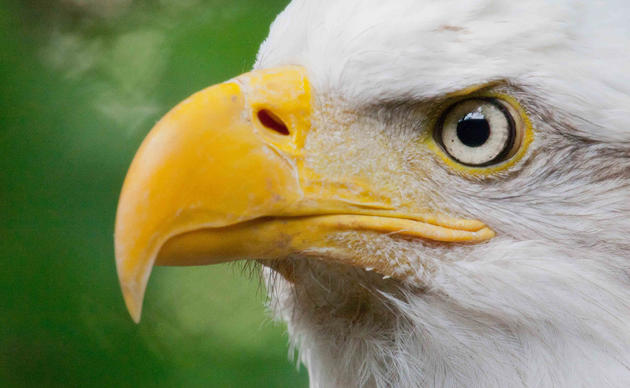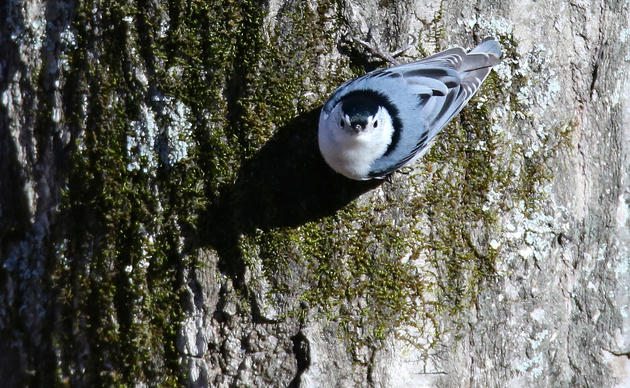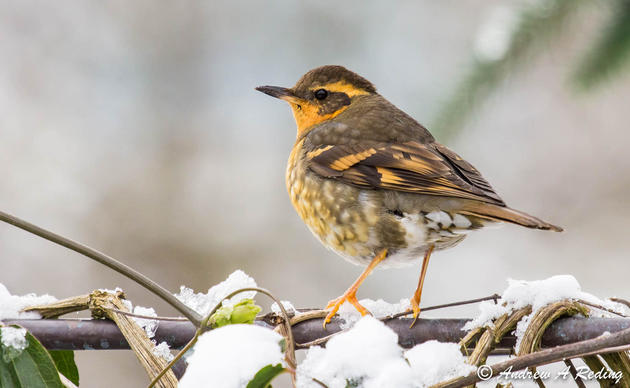It is with tremendous pride for the efforts of Audubon volunteers that we present the final report for the Sagebrush Songbird Survey. This six-year community science project generated field data on species occurrence to help build new species distribution models for songbirds like Sagebrush Sparrows and Sage Thrashers that rely on sagebrush habitat in Washington. We are now using this information in the Audubon Clean Energy Screening Tool, which helps guide our engagement with the solar and wind project proposals that might have an impact on birds.
The Sagebrush Songbird Survey represents a landscape-level, collaborative effort between the Washington Department of Fish and Wildlife (WDFW), Audubon chapters, Audubon Washington, and the National Audubon Society Enterprise GIS department. The survey, designed by WDFW scientists and implemented by trained Audubon volunteers, was designed to improve the scientific basis for sagebrush songbird conservation and management by documenting the presence and absence of sagebrush obligate and other shrub-steppe associated species across the Columbia Plateau. Over 285 volunteers - mostly Audubon members - participated in the project, completing 987 individual surveys and logging over 14,000 volunteer hours. “Meaningful work connects us to the birds and landscape we love in wonderful and unexpected ways,” said Robin Priddy, Sagebrush Songbird Survey Chair at the Lower Columbia Basin Audubon Society.
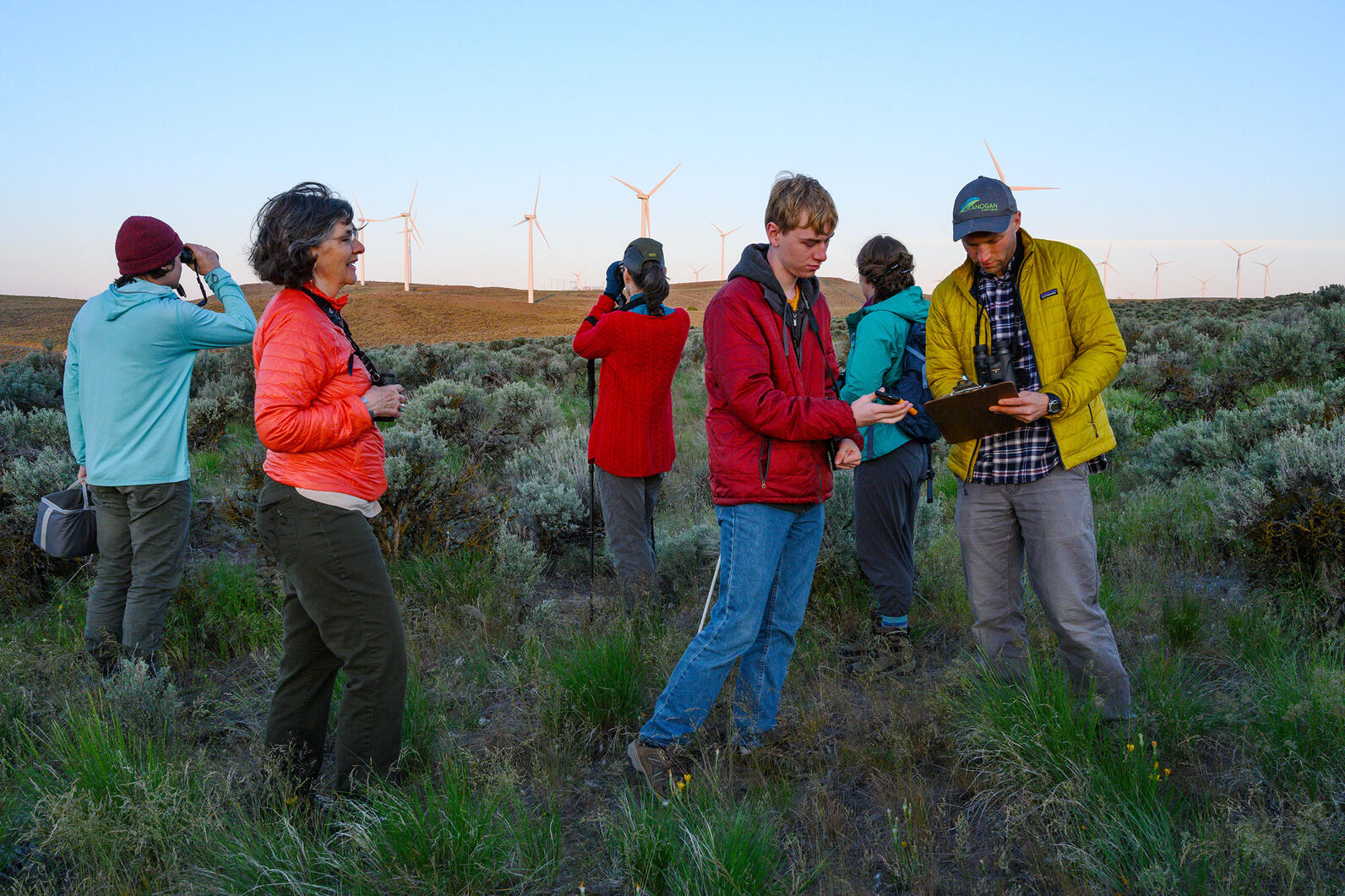
The resulting dataset and associated species distribution models fill a critical gap in our knowledge of sagebrush songbird distributions in Washington, providing rigorous, baseline information to inform priority areas for avian and sagebrush ecosystem conservation. The dataset and species distribution models are well suited for use in land use, management, and planning processes, and we’re already putting them to work in our advocacy on clean energy siting with the help of our local chapter network.
The increasing demand for large-scale clean energy poses both an opportunity and a threat. On the one hand, climate change poses a severe threat to North American birds and we must meet the state’s net zero climate goals as established by the 2019 Clean Energy Transformation Act. However, the scale of the proposed solar facilities could significantly impact the remaining sagebrush habitat without smart siting practices and permitting to help ensure that wind and solar projects are planned in such a way that impacts on birds, sagebrush ecosystems, and wildlife connectivity are avoided.
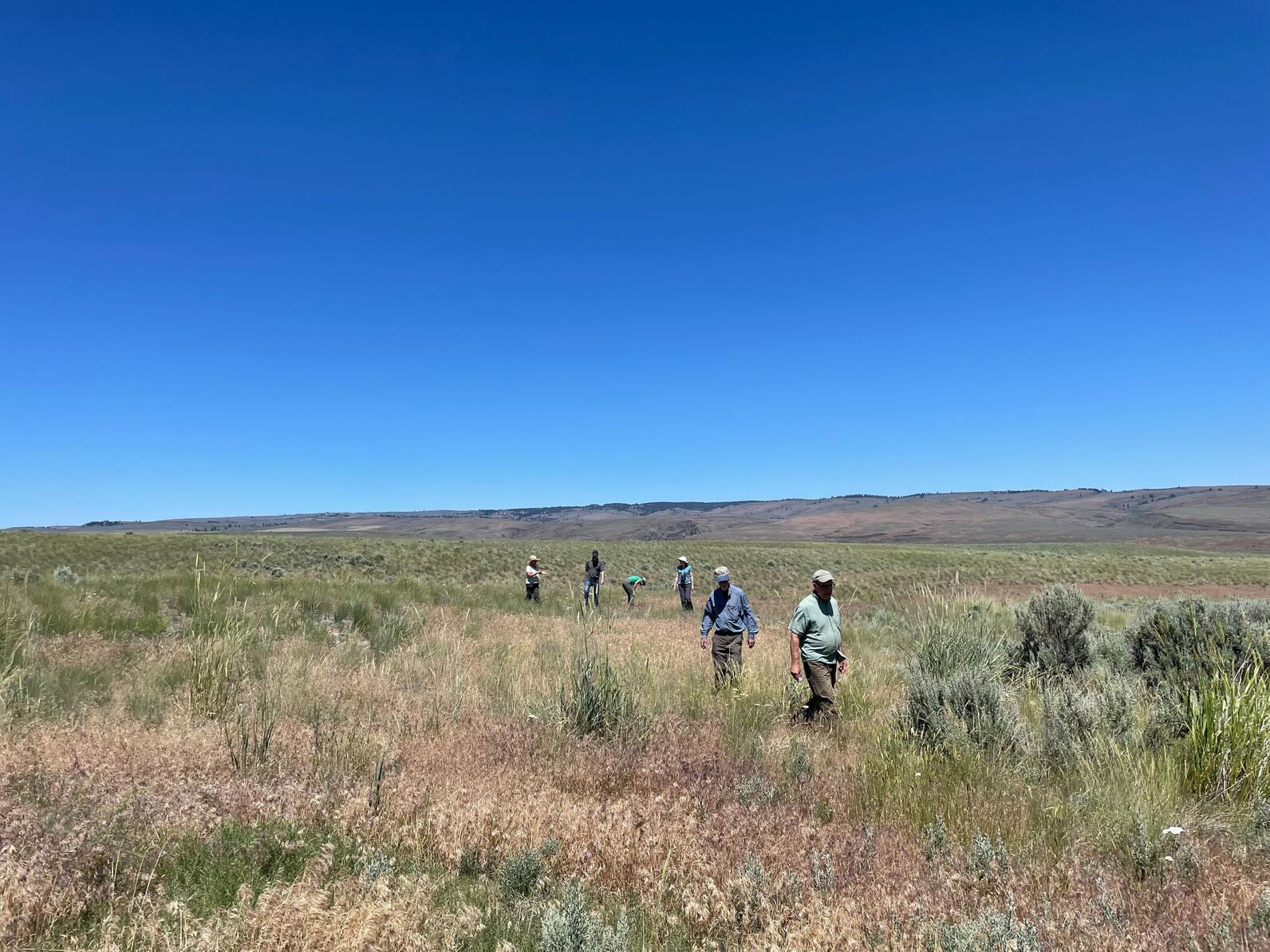
There are over 40 clean energy projects in the permitting pipeline here in Washington, which is why we’re taking action at the local and landscape level to ensure that clean energy development does not come at the expense of sagebrush birds and ecosystem health. With the help of Audubon’s Clean Energy Initiative, we’ve built an Audubon Clean Energy Screening Tool that integrates information on birds – including our newly released sagebrush songbird science – plus information on native habitat, prime agricultural areas, and landscape connectivity that we and our chapter network are using to screen projects and advocate for the needs of birds with permitting authorities and developers. We also led the way in securing legislative funding for a landscape-level look at clean energy siting in Washington. This effort is bringing together stakeholders in a facilitated process to identify areas of “least conflict” for solar energy development in the Columbia Plateau. We’re hopeful that with our combined efforts to advocate for the needs of birds at the landscape and project level and supporting the build-out of clean energy in degraded areas and the built environment, we can fulfill our mission to protect birds and the places they need, today and tomorrow.
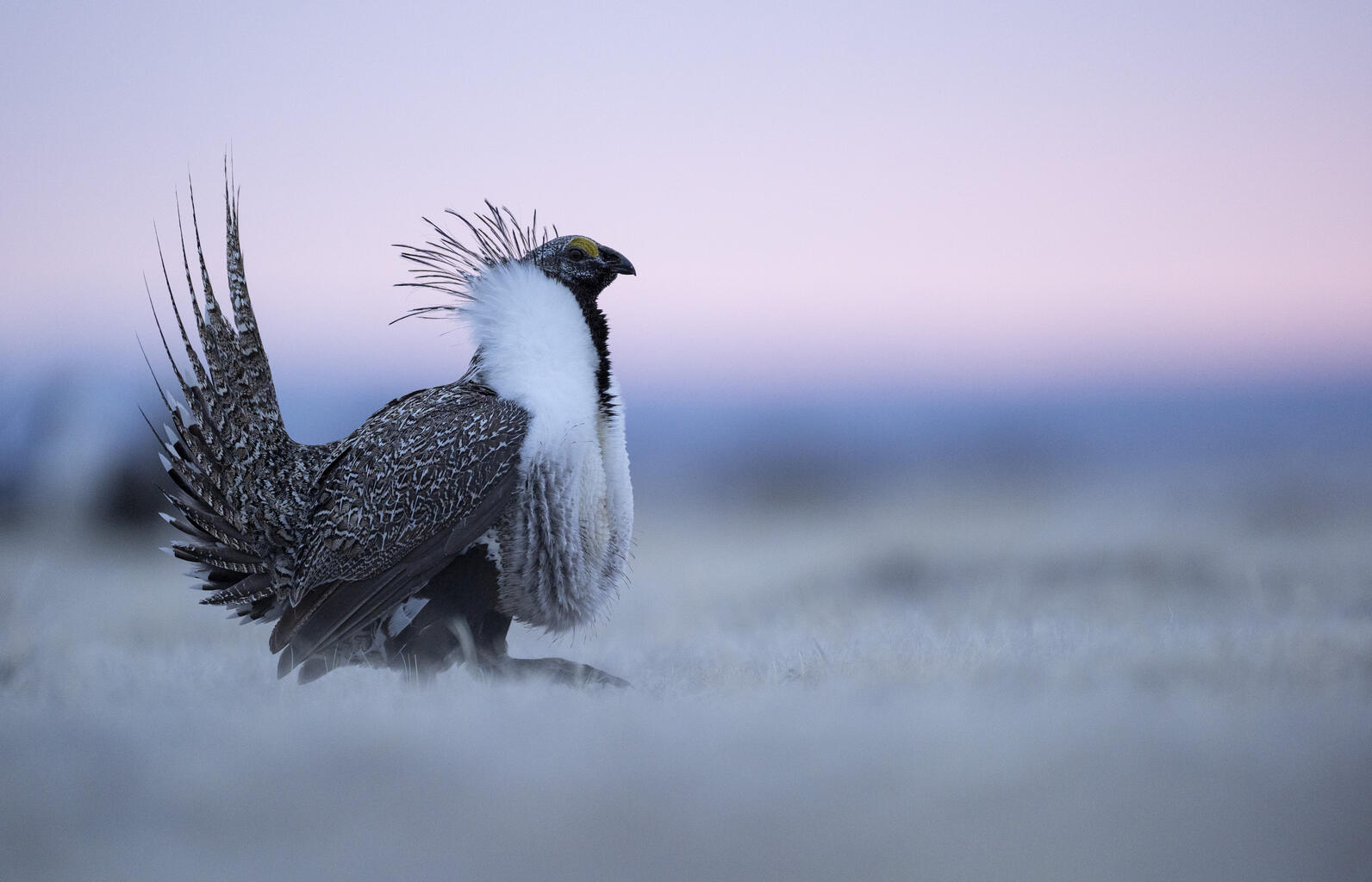
Approximately 10.5 million acres of the Columbia Plateau were once covered by sagebrush and other native plants and grasses. Close to half of all Washington state species of conservation concern are associated with shrub steppe and grassland ecosystems. Today, these arid lands have largely been converted to agriculture and fragmented by development, resulting in a loss of over 80% of our historic shrub steppe habitat. The habitat that remains is under multiple threats: industrial-scale clean energy development, incompatible grazing practices, invasive species, and increased wildfire. Science-driven decision-making, made possible by efforts like the Sagebrush Songbird Survey, is the key to ensuring that sagebrush birds can persist in Washington.

